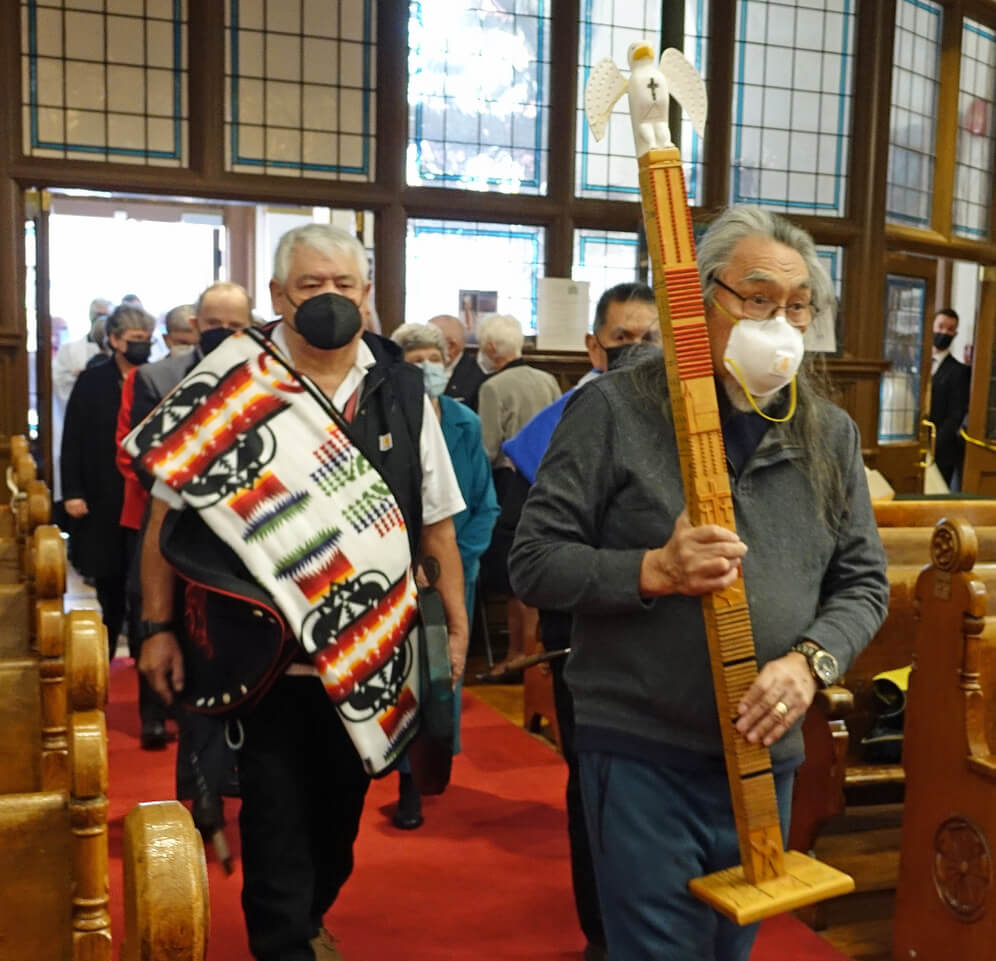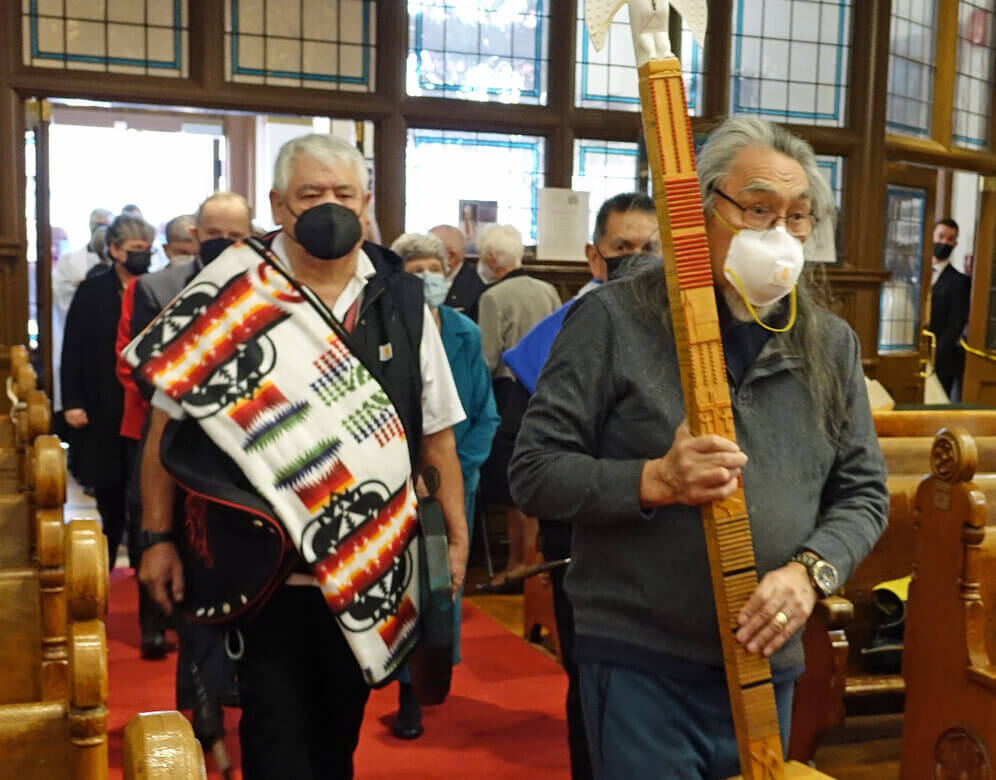‘One of The Great Bishops in The History of The Catholic Church in Canada’
Michael Swan, Toronto
Volume 37 Issue 1, 2 & 3 | Posted: April 5, 2022

Canada’s last surviving Second Vatican Council father has died. Victoria Bishop Emeritus Remi De Roo was 97 years old when he reached his eternal rest on Feb. 1.
“Bishop Remi De Roo was one of the great bishops in the history of the Catholic Church in Canada,” Bishop De Roo’s friend of 60 years, retired Senator Doug Roche said in an email. “He became a driving figure for change in the Church. In fact, he was a prophetic figure who advocated the outreach of the Church into the modern world. He leaves a lasting legacy of understanding the Church as the People of God.”
In 1962 then-Father De Roo became the youngest bishop in the world at just 38 and was almost immediately thrust into a critical role as one of the Canadian bishops at Vatican II in Rome. The transformative 1962-to-1965 gathering of bishops from around the world came to define the young bishop’s life and ministry through his 37 years leading the Diocese of Victoria and 23 years as bishop emeritus.
“He was a distinguished bishop who was trying to be faithful — not only trying, he was successfully faithful to Vatican II,” said University of St. Michael’s president and vice chancellor David Sylvester, a lifelong friend.
As a young scholar, Sylvester spent summers working at Trinity United Parish, an ecumenical parish in Nanaimo, B.C. that housed a Catholic and a United Church community in the same church — “built not to save money but to advance the spirit of Vatican II,” Sylvester said.
Bishop De Roo was born in 1924 in Swan Lake, Man., the second of eight children born into a farming family. His path to priesthood began at 15 at the St. Boniface Seminary in Winnipeg. He was ordained in 1950 and immediately sent on for advanced studies at the Angelicum University in Rome, where he took a doctorate in Sacred Theology in 1952. His first pastoral assignment was to a parish in Winnipeg, while at the same time acting as priest-consultor to Manitoba’s bishops.
In 1962 the newly ordained bishop took possession of his cathedral with a solemn Indigenous ceremony that re-enacted the arrival of Victoria’s first bishop 117 years earlier. Made an honorary chief and given the name Siem Le Pleet Schoo-Kun by the Tsawout people, Bishop De Roo remained an advocate and friend of Indigenous people his whole life.
In the years after the Second Vatican Council De Roo attracted attention for arguing that the Roman Rite of the Church should ordain married men, just like all the other rites. As debate about ordaining women to the priesthood heated up in the 1970s, he said the Church should talk about roles for women, including ordination.
In 1968 Bishop De Roo played a prominent role as one of the authors of the Canadian Conference of Catholic Bishops’ response to St. Pope Paul VI’s encyclical Humanae Vitae. He became chief spokesman for what came to be known as the Winnipeg Statement. The statement explained the role of conscience in any faithful Catholic’s response to the encyclical’s controversial teaching on contraception.
Michael Swan, Toronto

